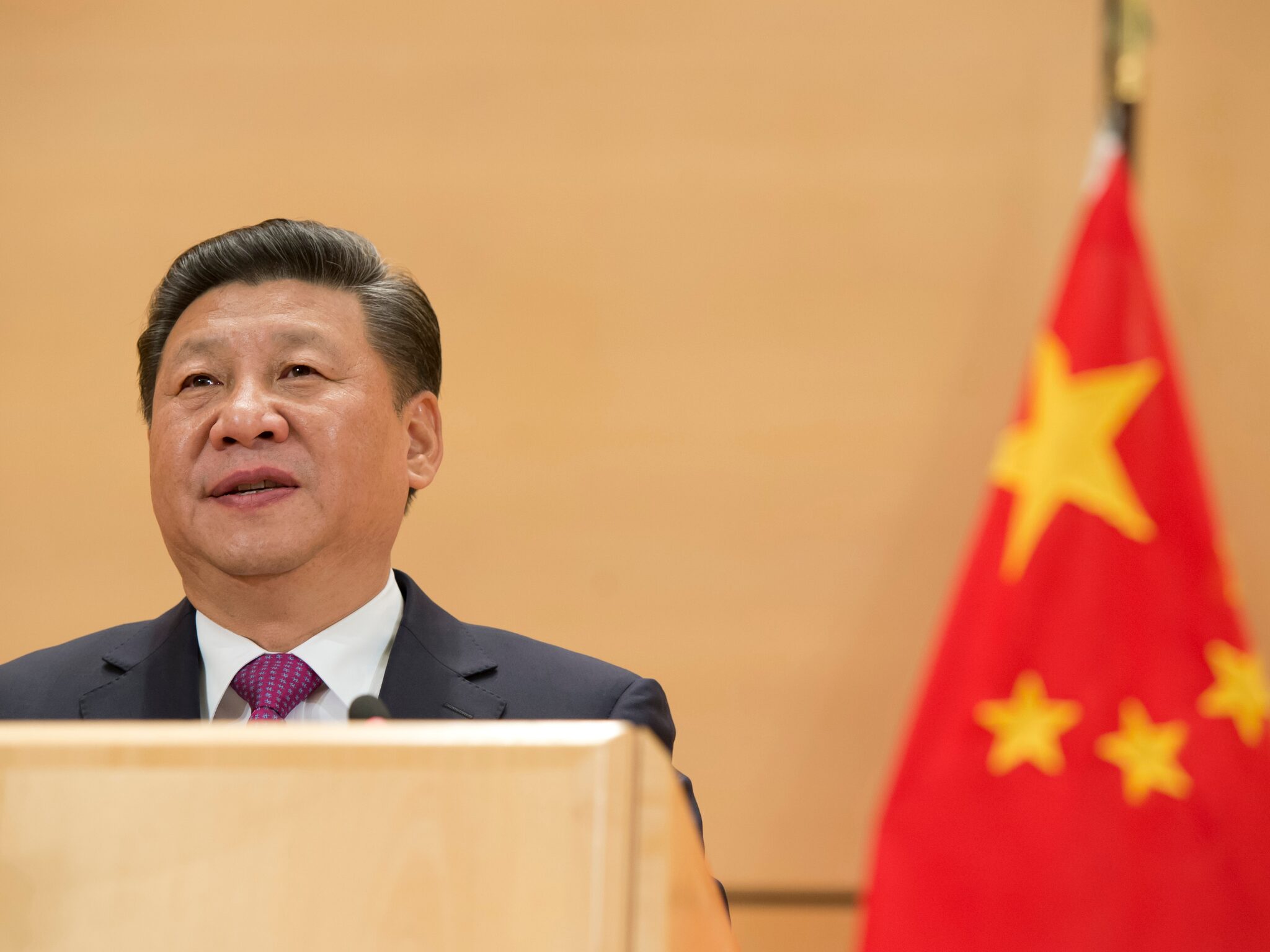4 Mins Read
As the world’s largest protein consumer and highest greenhouse gas emitter, alternative protein needs to succeed in China – here are four ways to do just that.
China houses a sixth of the world’s population, and consumes 28% of its protein supply – but a majority of this is plant-based. That said, meat consumption is set to continue rising over the next decade.
Meanwhile, nations like Japan, South Korea and India are all advancing their regulatory support for novel foods like cultivated meat, which can drastically cut the food system’s emissions. China has expressed interest in the industry too, outlining the importance of advancing novel proteins in its latest five-year plan for bioeconomy development.
President Xi Jinping has also called for a Greater Food Approach that includes plant-based and microorganism-derived protein sources. Plus, research has shown that if Chinese citizens are told about the benefits of a vegan diet, 98% would eat more plant-based foods.
But the industry still faces several challenges, according to Doris Lee, the CEO of GFI Consultancy, the China-based strategic partner of alternative protein think tank the Good Food Institute.
The scalability and costs of cultivated meat and the production efficiency and conversion rates of fermentation-derived proteins are considerable hurdles. There’s also a lack of specialised talent (despite the advancement of agtech in China), and knowledge-sharing platforms. And finally, regulations on industry safety standards, labelling, market supervision, etc. aren’t fully developed yet.
Writing in the monthly Enterprise Reform and Development magazine by the Chinese government’s National Development and Reform Commission, the authors highlight four policy proposals that can solve these bottlenecks and pave the way for the widespread commercialisation of alternative proteins in China.
1) Build a more robust alternative protein ecosystem

The authors write that developing a built-for-purpose ecosystem is crucial for the industry’s progress. This new ecosystem should be enterprise-centric, bringing together stakeholders from the government, scientific research institutions, investors and regulatory agencies.
These bodies can join forces through resource sharing and complementary strengths to achieve mutual benefits for the industry, and together drive the development of novel proteins.
2) More industry-academia collaborations on research

Partnerships between industry members, academic bodies and research organisations are key to the success of alternative proteins in China. GFIC estimates that China has nearly 100 Indigenous novel protein sources that entail promising agricultural byproducts and microbial resources.
The R&D and commercialisation of novel proteins can be sped up via collaborative efforts between industry, academia and researchers, which would enhance the sector’s overall competitiveness. Additionally, the authors believe investor education needs to be bolstered to attract more venture capital into alternative proteins.
3) Strengthen the regulatory framework for novel foods

Government support is essential for this industry’s success. The authors call on China’s policymakers to speed up the establishment of a regulatory approval process for novel foods.
So far, Singapore, the US, Israel and the UK have cleared cultivated meat for sale. Switzerland, Australia and New Zealand are all assessing applications too, while South Korea expects to receive a dossier soon.
The Chinese government should draw on experiences overseas and integrate those learnings into the country’s existing regulatory environment. Additionally, it should support intellectual property protection, enrich talent training schemes, and champion international recruitment. This would ensure that technological breakthroughs can be turned into actual products.
Such government supervision would help integrate the alternative protein sector with existing industries to form a more complete food supply chain.
4) Focus on sustainable development

Environmental protection and sustainable resource use should be considered when promoting alternative proteins, the authors write. To ensure this, China’s technological advantages in biomanufacturing productivity and production scale-up can be leveraged and applied to food innovation, helping provide consumers with safer, healthier and higher-quality protein choices.
Finally, exploring local agricultural resources and upgrading and transforming the domestic processing industry can help lower the industry’s climate impact even further, striking a balance between economic and environmental benefits.



